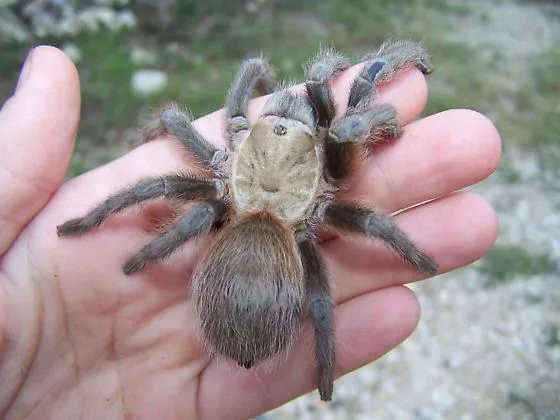Caring for a baby tarantula in Texas can be a rewarding experience, providing a fascinating glimpse into the arachnid world. These captivating creatures require specific care to thrive, from the type of enclosure you provide to the food you offer. This comprehensive guide will walk you through everything you need to know to successfully raise a healthy and happy baby tarantula in the Lone Star State. With the right knowledge and dedication, you can enjoy the unique companionship of these amazing spiders.
Choosing Your Baby Tarantula in Texas
Before bringing a baby tarantula home, research different species to find one that suits your experience level and lifestyle. Some tarantulas are more docile than others, and some have more specific needs. Consider factors like size, temperament, and venom potency. This initial step is vital for ensuring a safe and enjoyable experience for both you and your new pet. Understanding the species’ natural habitat can also provide insights into their specific needs.
Species Selection
Several tarantula species are well-suited for beginners. The Texas tan tarantula (Aphonopelma anax) is native to the area and often considered a good choice due to its relatively docile nature. Other beginner-friendly options include the Chilean rose hair tarantula (Grammostola rosea), known for its calm temperament. When selecting a species, research its specific requirements for habitat, feeding, and handling to ensure you can provide the appropriate care.
Availability and Where to Buy
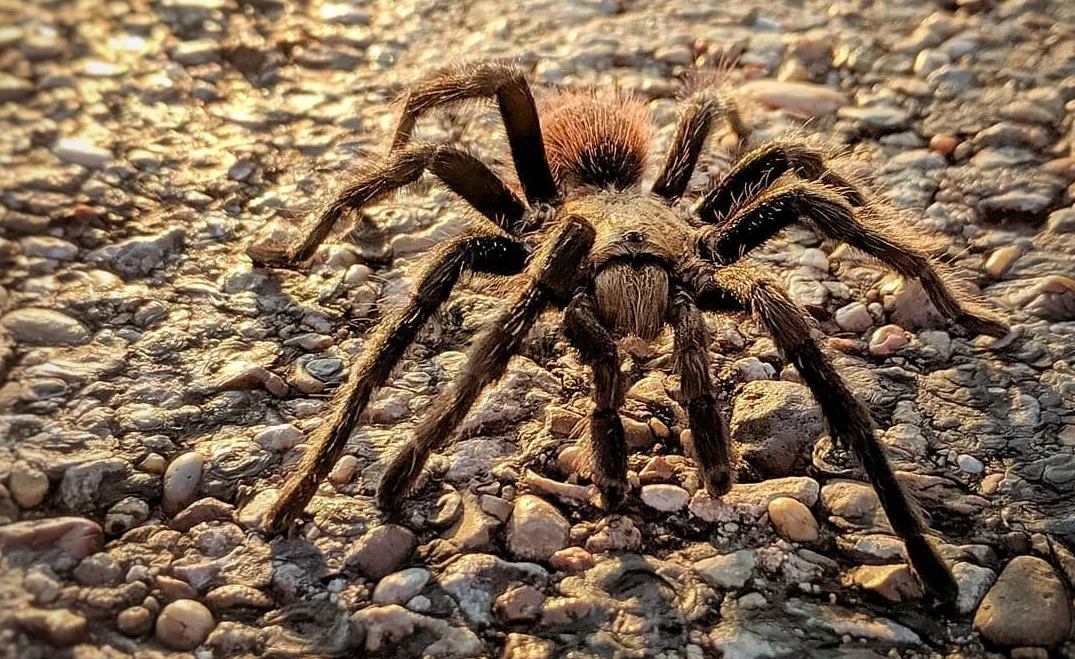
Baby tarantulas can be found at local pet stores specializing in reptiles and exotic pets, at reptile shows, or through reputable online breeders. When purchasing, check for signs of a healthy tarantula: a plump abdomen, active behavior, and no missing legs or hairs. Ask the seller about the spider’s feeding history and molting schedule. Avoid purchasing tarantulas from unverified sources to minimize the risk of disease or poor health.
Setting Up the Perfect Habitat
Creating the right habitat is crucial for your baby tarantula’s well-being. The enclosure should mimic the spider’s natural environment as closely as possible. This includes the appropriate size, substrate, temperature, humidity, and hiding places. A well-designed habitat will not only keep your tarantula healthy but will also allow you to observe its fascinating behaviors.
Enclosure Size and Type
For a baby tarantula, a small, clear plastic enclosure (such as a deli cup with air holes) is often suitable. As the tarantula grows, you’ll need to upgrade to a larger enclosure. The size should be approximately three times the spider’s leg span in width. The enclosure should also have a secure lid to prevent escape. Ventilation is essential, so ensure that the enclosure has appropriately sized air holes to avoid moisture buildup.
Substrate Selection
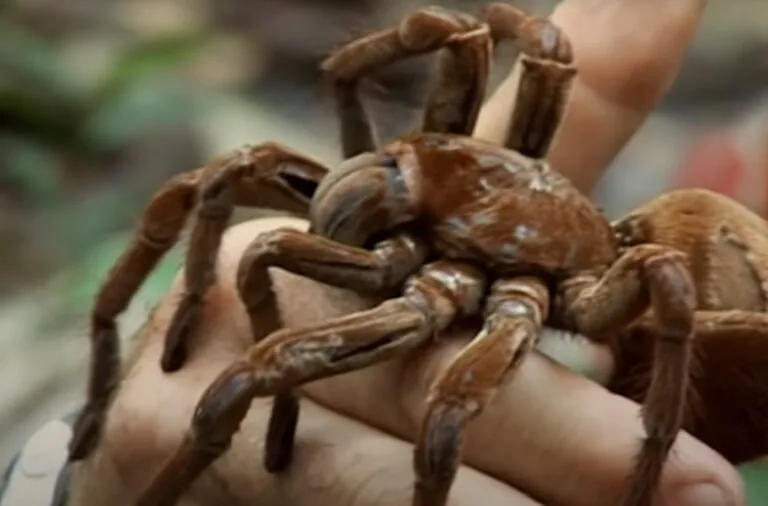
The substrate provides a comfortable surface for the tarantula to walk on and also helps maintain humidity. Good choices include a mix of peat moss, coconut fiber, and a small amount of vermiculite. Avoid using substrates that can be harmful if ingested, such as sand or gravel. The substrate should be deep enough for the tarantula to burrow if it’s a burrowing species, typically about 2-4 inches. Keep the substrate slightly moist, but not soggy.
Temperature and Humidity
Most tarantulas thrive in temperatures between 75-85°F (24-29°C). In Texas, you may not need supplemental heating, but a heat mat or lamp can be used to maintain the proper temperature, especially during cooler months. Humidity levels should be maintained at around 60-70%. You can achieve this by misting the enclosure with water every few days, depending on the species and the substrate used. Use a hygrometer to monitor humidity levels.
Feeding Your Baby Tarantula
Providing the correct diet is essential for your baby tarantula’s growth and health. Baby tarantulas have specific dietary needs, and overfeeding or underfeeding can lead to health problems. The food should be the appropriate size for the spider, and it should be readily available. It’s also important to remove any uneaten food to prevent mold or mites from growing in the enclosure.
What to Feed Your Tarantula
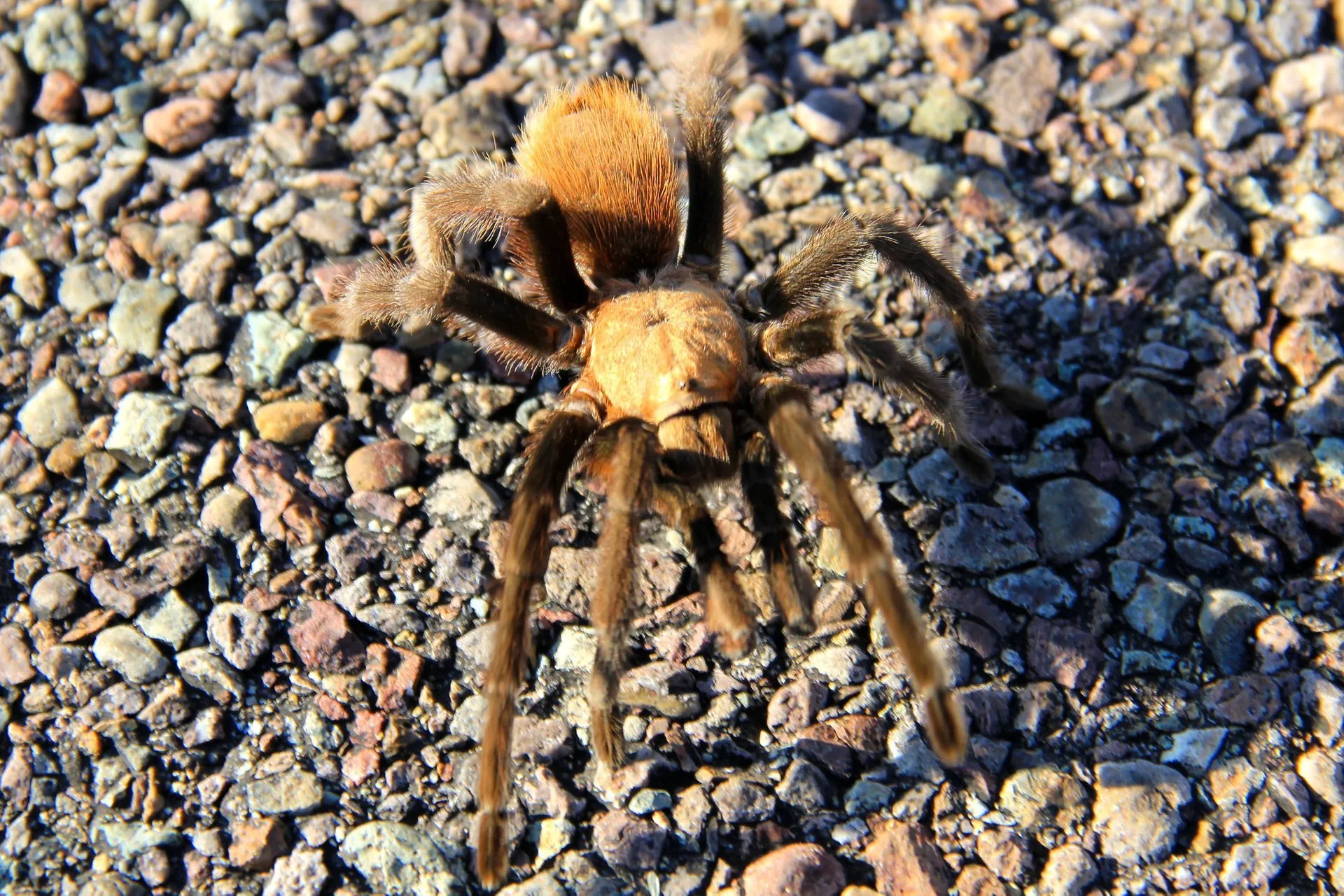
Baby tarantulas primarily eat small insects. Good food choices include small crickets, flightless fruit flies, and pinhead-sized mealworms. The size of the prey should be no larger than the tarantula’s body length. Feed your tarantula live insects, as this stimulates their hunting instincts. Dust the insects with calcium and vitamin supplements to ensure your tarantula gets all the necessary nutrients.
Feeding Frequency
Baby tarantulas have different feeding schedules depending on their growth stage and species. Generally, feed baby tarantulas every 2-3 days. As they mature, you can reduce the feeding frequency to once or twice a week. Observe your tarantula’s abdomen; a plump abdomen indicates a well-fed spider. If the abdomen appears too large or the tarantula refuses food, reduce the feeding frequency.
Watering and Hydration
Fresh water is crucial for your tarantula’s survival. Provide a shallow water dish with clean water at all times. Make sure the water dish is small enough to prevent the tarantula from drowning. Alternatively, you can mist the enclosure to provide water droplets for the tarantula to drink. Change the water frequently to keep it clean and prevent the growth of bacteria or algae.
Handling and Safety
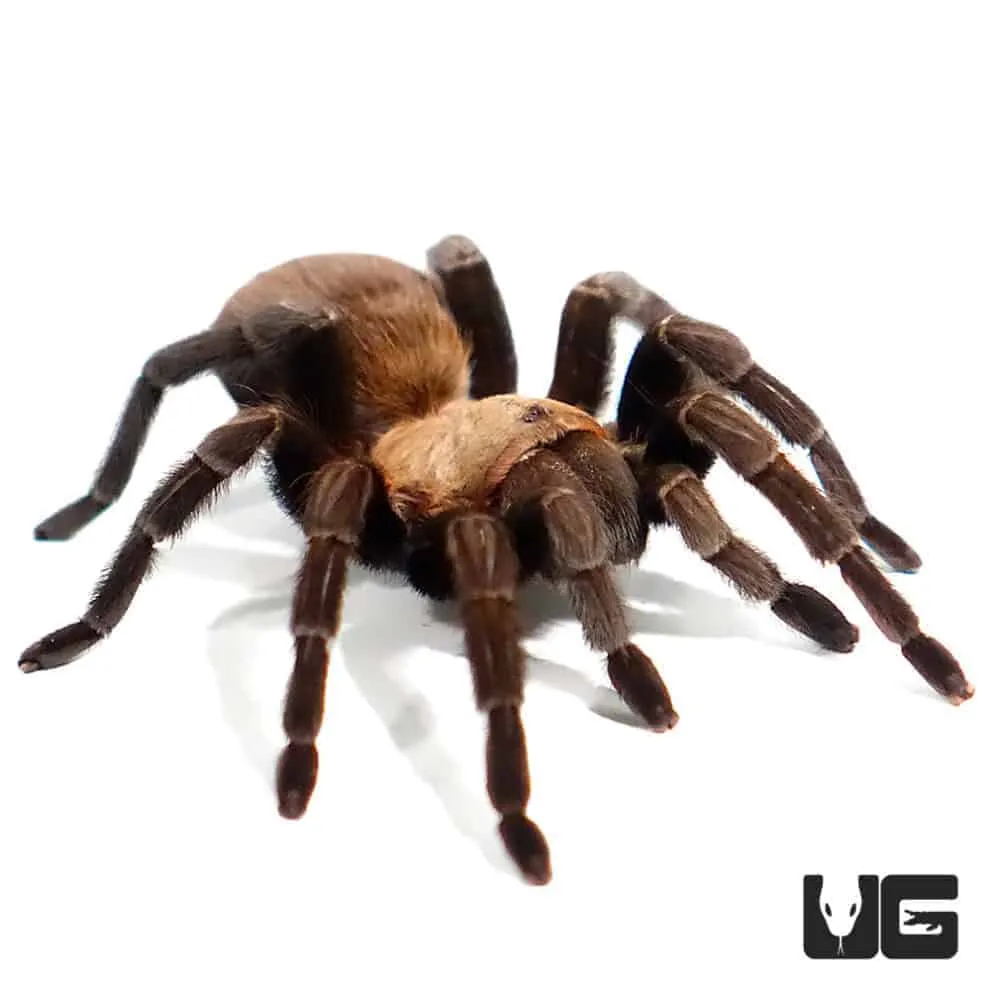
Handling baby tarantulas is often discouraged, especially for beginners. Tarantulas are delicate creatures, and handling them can stress them out or lead to injury. Additionally, some species have urticating hairs that can cause skin irritation, and bites, although rare, can be painful. If you choose to handle your tarantula, do so with caution and respect for its well-being.
Handling Guidelines
If you choose to handle your baby tarantula, do so over a soft surface, such as a bed or a carpet, to prevent injury if it falls. Always approach the tarantula slowly and gently. Use a soft paintbrush or a similar tool to coax the tarantula onto your hand. Never force a tarantula to move, and be mindful of its behavior. If the tarantula shows signs of stress, such as raising its front legs or flicking its hairs, immediately put it back in its enclosure.
Identifying Potential Hazards
Be aware of potential hazards when handling your tarantula. Avoid sudden movements and loud noises, as these can startle the spider. Wash your hands thoroughly before and after handling. Be careful not to drop the tarantula. Keep other pets away from the enclosure to prevent accidental harm to the tarantula. Always supervise children when they are near the tarantula’s enclosure.
Common Health Issues and Solutions
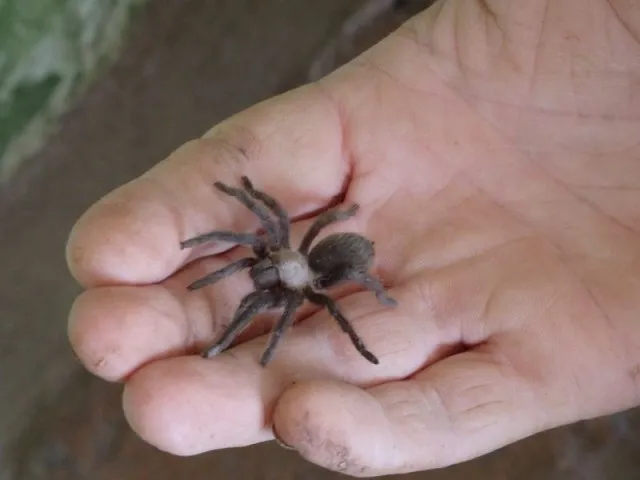
Like any pet, baby tarantulas can experience health issues. Recognizing the signs of illness and knowing how to address them is crucial for ensuring your tarantula’s well-being. Proper care, a suitable habitat, and a balanced diet can prevent many common problems.
Signs of a Healthy Tarantula
A healthy baby tarantula will be active, alert, and have a plump abdomen. Its legs should move smoothly, and its fangs should appear clean. The tarantula should eat regularly, and its enclosure should be clean and free of mold or pests. The tarantula should also have a glossy appearance. The color of the tarantula should be vibrant, as expected from its species.
Recognizing and Treating Common Diseases
Some common health issues include mites, fungal infections, and injuries. Mites can be identified by tiny moving specks on the tarantula or in the enclosure. Fungal infections can manifest as discoloration or lesions. Treat mites by cleaning the enclosure and replacing the substrate. For fungal infections, consult a veterinarian specializing in exotic pets. Injuries may require veterinary care. Isolation, proper hygiene, and quarantine are key to disease management. Consult an experienced veterinarian when issues arise.
Long-Term Care and Growth
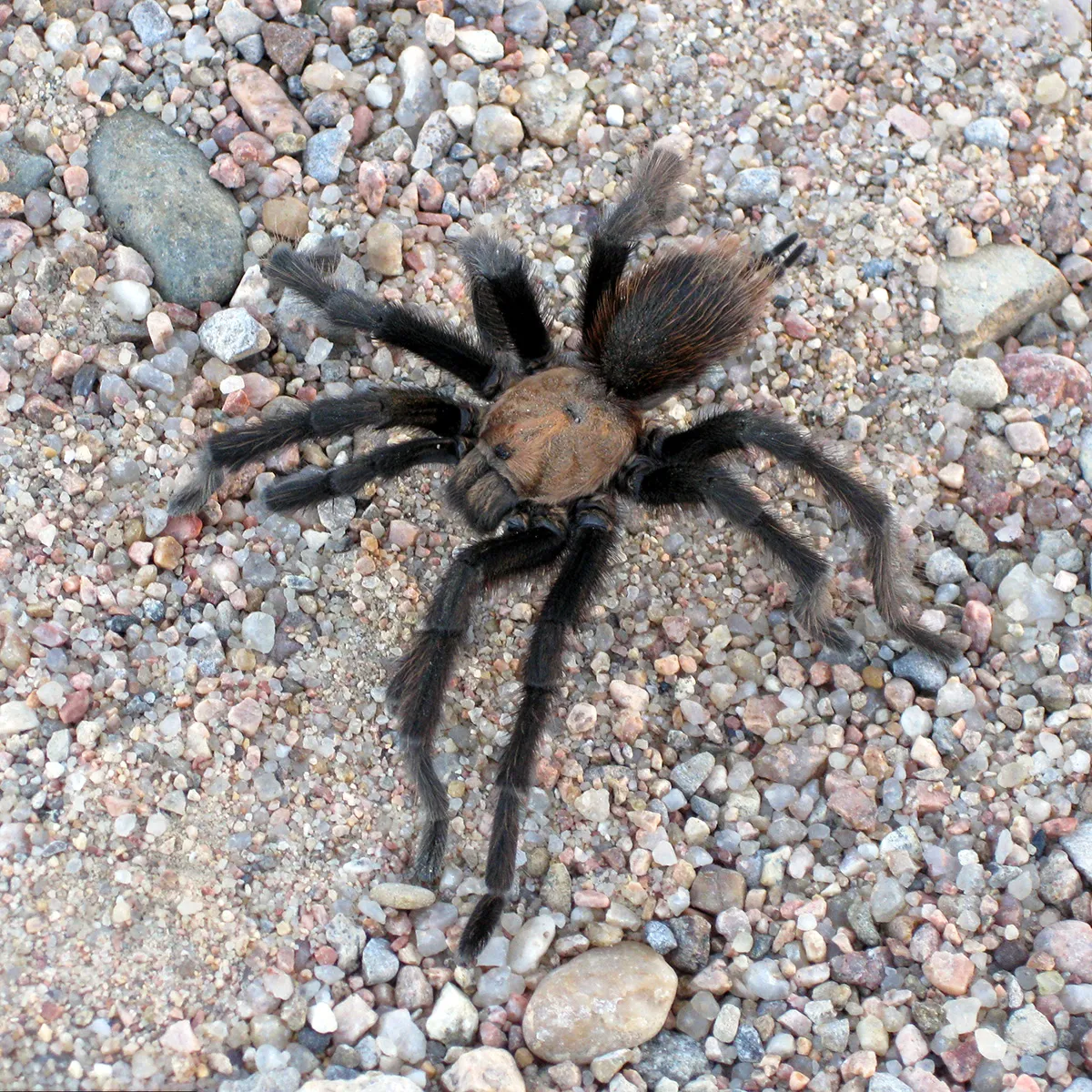
Baby tarantulas grow and molt, shedding their exoskeletons to grow larger. Understanding the molting process and providing proper care during this time is vital for your tarantula’s long-term health. Tarantula care requires patience and observation to provide a comfortable environment.
Molting Process
Molting is a natural process where the tarantula sheds its old exoskeleton to grow. During this time, the tarantula may stop eating and become lethargic. The tarantula will usually flip onto its back before molting. The process can take several hours, and the tarantula is very vulnerable during this time. It is advised to not disturb the tarantula while it is molting.
What to Do During Molting
During the molting process, avoid handling the tarantula or disturbing its enclosure. Keep the enclosure humid, but avoid misting the tarantula directly. After molting, the tarantula’s new exoskeleton will be soft, and it will take several days to harden. Do not feed the tarantula for a week or so after molting to allow its fangs to harden fully. Once its fangs harden, the tarantula is safe to be fed once again.
Caring for a baby tarantula in Texas is an enriching experience that offers a unique insight into the world of arachnids. By following this guide, you’ll be well-equipped to provide the appropriate care for your baby tarantula, ensuring a healthy and fulfilling life. Remember to continue researching and learning about your specific tarantula species, and always prioritize its well-being. Enjoy your journey as a tarantula keeper.
